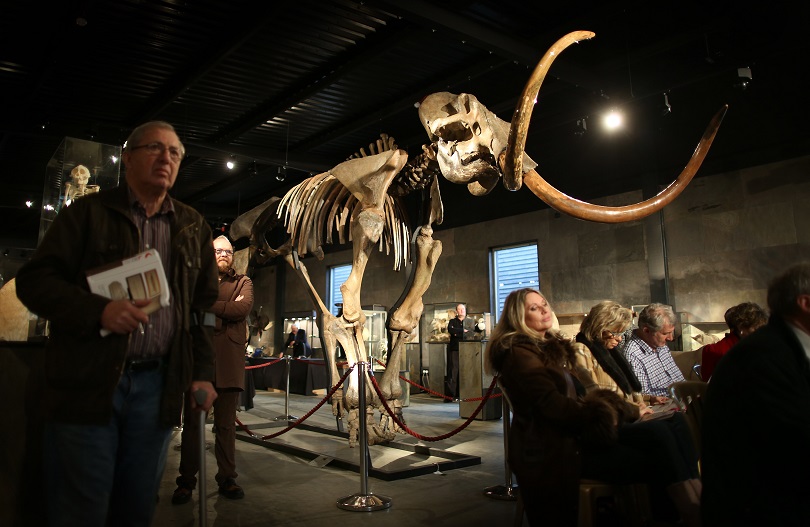-
Tips for becoming a good boxer - November 6, 2020
-
7 expert tips for making your hens night a memorable one - November 6, 2020
-
5 reasons to host your Christmas party on a cruise boat - November 6, 2020
-
What to do when you’re charged with a crime - November 6, 2020
-
Should you get one or multiple dogs? Here’s all you need to know - November 3, 2020
-
A Guide: How to Build Your Very Own Magic Mirror - February 14, 2019
-
Our Top Inspirational Baseball Stars - November 24, 2018
-
Five Tech Tools That Will Help You Turn Your Blog into a Business - November 24, 2018
-
How to Indulge on Vacation without Expanding Your Waist - November 9, 2018
-
5 Strategies for Businesses to Appeal to Today’s Increasingly Mobile-Crazed Customers - November 9, 2018
Climate Change May Have Killed the Woolly Mammoth in Mass Extinction
Scientists say the study reinforces the idea that the speed of climate changes poses a greater threat to animals than the scale or severity of climate changes – and that could have major repercussions in our era of global warming. However, the abrupt warming probably drove the animals over the edge, and probably even set the extinction events in motion. The instigator of these extinctions has become a topic of heated debate among scientists, with fingers pointed at both ancient humans and sustained frigid temperatures.
Advertisement
Some people suggested that wooly mammoths & other large animals met their demise at the hands of human hunters that were spreading around the world. Over time, these megafauna mostly died out.
During the last ice age, neither woolly mammoths nor giant sloths were killed by the intense cold, but by sudden heat waves that caused a drastic change in climate. Addition of humans to it along with fragmenting the environment, and rapid changes caused by global warming burdens us with serious concerns regarding the future of Earth and everything in it.
The new evidence, published in the journal Science, provides strong support for the former theory.
“Climate change is adding stressors and amplifying outcomes”, she adds.
The scientists had expected to see extinction events would correlate to extreme cold periods, but in fact they found it was periods when the climate rapidly warmed that coincided with the extinctions.
Scienitsts used DNA extracted from fossilsied remains of ice age beasts, such as the mammoth vertebrae melting out of ice in Yukon Territory, Canada, shown above, to look for genetic signals of population collapses that signify extinction events.
By the time our forebears were arming themselves with spears and clubs, the woolly mammoth, short-faced bear and woolly rhino were already en route to extinction.
“You could connect the arrival of humans to extinctions when humans arrived 50,000 years ago in Australia, for instance, the megafauna disappeared soon after”, Cooper told The Washington Post.
Researchers have also stated that humans were certainly the “coup de grace”, or the last nail in the coffin to put it more bluntly, on a population of creatures and animals that were already under stress due to climate change.
“It’s important to recognise that man still played an important role in the disappearance of the major mega fauna species”, said study co-author Prof Chris Turney from the University of New South Wales.
Advertisement
The researchers extracted ancient DNA from megafauna to build up a picture of extinction events over the past 51,000 years.




























